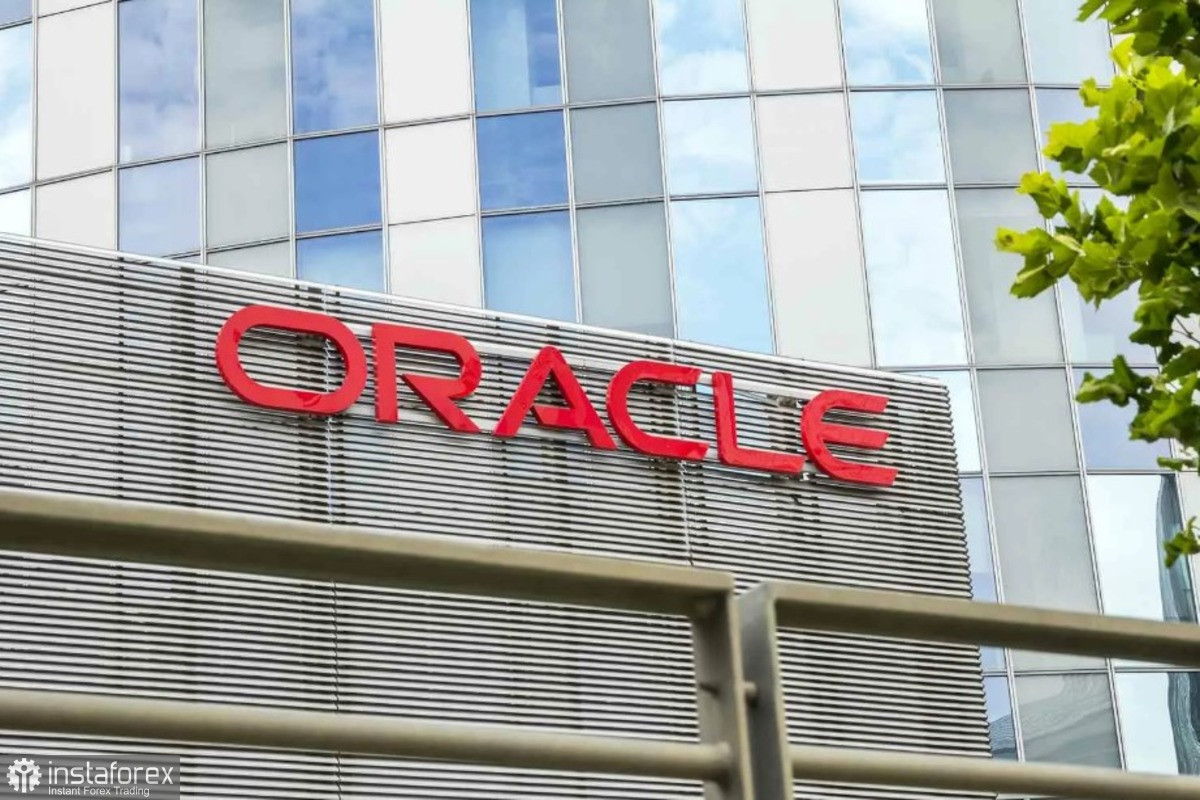
Global markets continue to operate at full throttle: the yen has tumbled to multi-month lows amid political upheaval in Japan; Nvidia is investing a massive $2 billion into Elon Musk's AI startup; Oracle disappointed investors with slim margins in its cloud business; and IBM is making a confident leap into enterprise AI through its partnership with Anthropic.
In this report, we break down the causes and consequences behind each headline, analyze market implications, and offer practical insights for traders eager to seize opportunities in a time of intense volatility.
The diving yen: the "Takaichi Factor" keeps pressure on Japan's currency
The Japanese yen is once again in the spotlight — and not in a flattering way. On Wednesday, the national currency fell to an almost eight-month low against the US dollar. The trigger for the latest sell-off? Political change in Japan, following Sanae Takaichi's victory in the ruling party election.
After Takaichi's win in the Liberal Democratic Party leadership race — which effectively determines Japan's next prime minister — investors began dumping the yen en masse.
Early Wednesday, the USD/JPY rate jumped 0.5% to 152.64, its highest level since February 14. The day before, it had already gained 1% — a clear signal that markets are rapidly reassessing expectations for the Bank of Japan's next policy moves.
The logic is straightforward: Takaichi is known for her support of fiscal stimulus and her criticism of the Bank of Japan's rate-hike efforts. In other words, Japan's next leader is unlikely to cheer for tighter monetary policy.
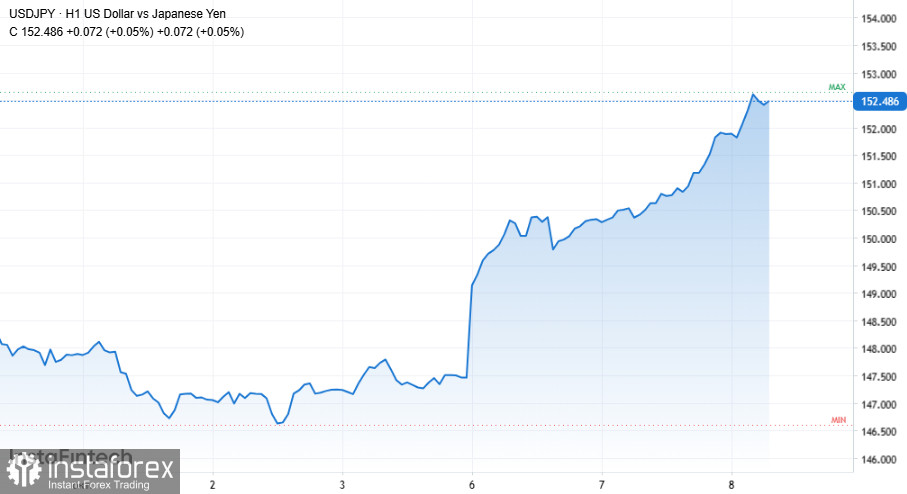
As a result, traders slashed the odds of a BOJ rate hike at the upcoming October 30 meeting — from 60% before the election to just 26% afterwards. The reaction speaks for itself.
Still, not all analysts are writing off the possibility of tightening just yet. Mohammad Al-Saraf of Danske Bank believes the BOJ "cannot ignore reality": inflation remains too high, and rates far too low. "The central bank may pause this month," he notes, "but by December, with fresh data in hand, the likelihood of a hike will rise sharply."
Meanwhile, Capital Economics takes a more skeptical stance, suggesting the BOJ could use political pressure from the new government as a pretext to delay tightening until January. In essence, the market may soon enter a "who blinks first" standoff between the government and the central bank.
What does all this mean for the yen? Unfortunately, nothing good in the short term. If the BOJ pauses and Takaichi doubles down on fiscal stimulus, the yen is likely to weaken further.
But for traders, that's no reason to despair — volatility is their bread and butter. Those trading USD/JPY can take advantage of the current setup for momentum-based strategies: while the yen remains under pressure, buying the dollar against the yen looks justified.
Still, timing is everything — if the BOJ changes its tone and hints at tightening, the reversal could be swift and sharp.
Nvidia commits $2 billion to Musk's xAI ambitions
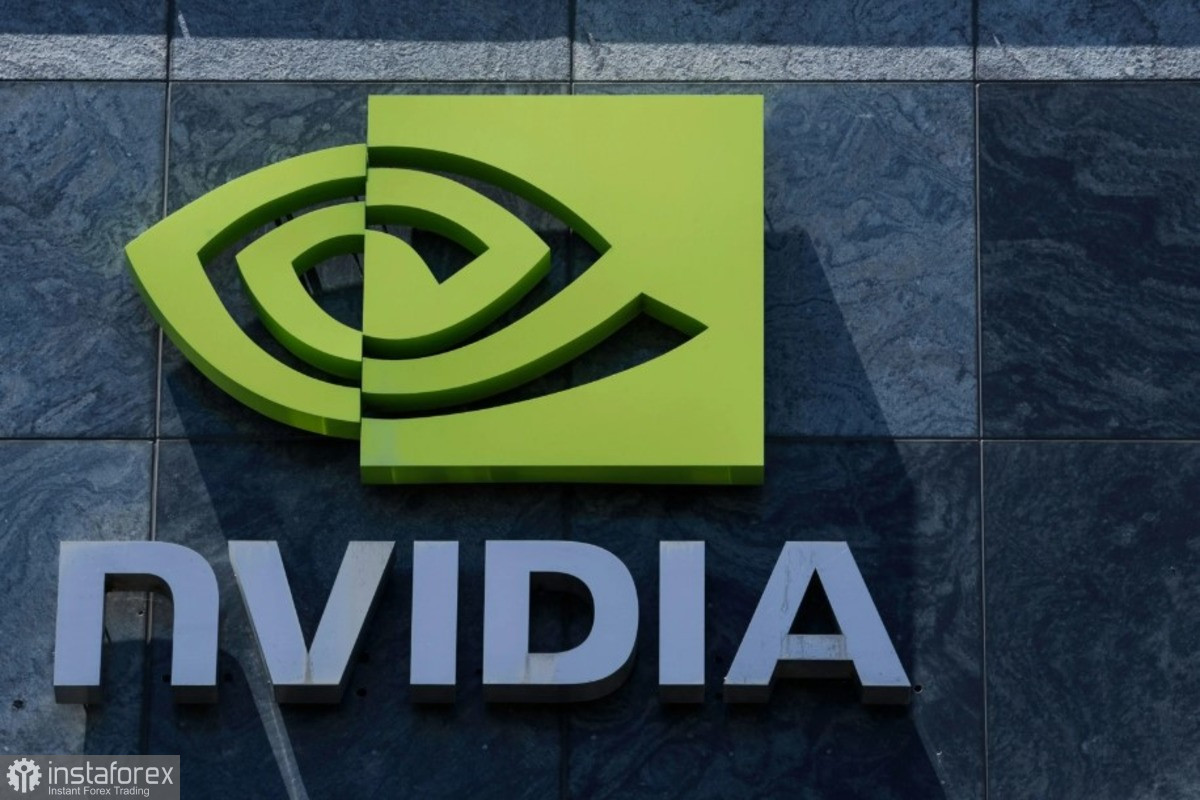
Elon Musk is back in the spotlight — his startup xAI is preparing to raise a record $20 billion to launch one of the most ambitious artificial intelligence projects in the world. Nvidia, the leading global producer of computing and AI chips, is not only supplying the hardware but also investing $2 billion in the venture. Let's break down how the deal works, why Nvidia is joining in, and what it could mean for the market.
The story is simple: Musk is rapidly scaling up xAI, which needs an enormous amount of computing power for its new Colossus 2 data center in Memphis. To make this possible, a special financial structure is being created — a special-purpose vehicle (SPV) that raises funds to purchase Nvidia GPUs and then leases them back to xAI for five years. This setup allows xAI to quickly access the necessary hardware while investors remain protected — the expensive chips effectively serve as collateral.
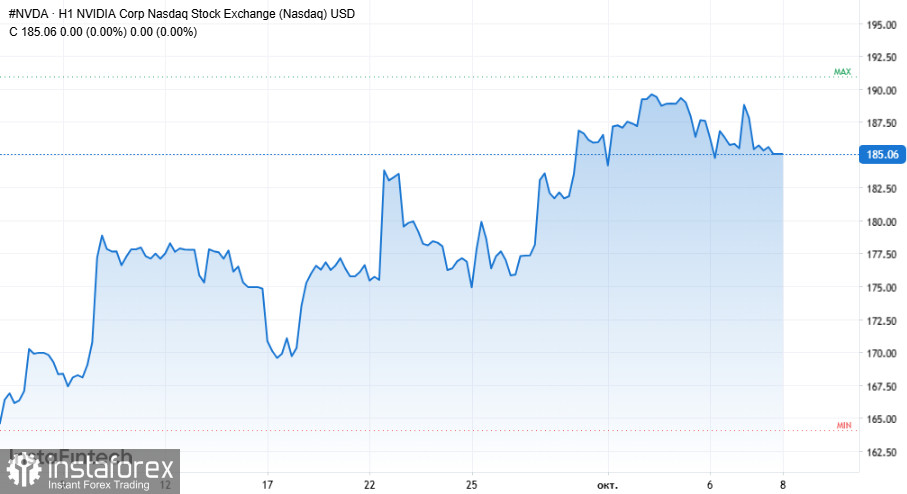
Of the total $20 billion, around $7.5 billion will come as equity investments, while up to $12.5 billion will be in debt financing backed by major players such as Apollo Global Management and Diameter Capital Partners. Crucially, Nvidia itself will invest up to $2 billion in this structure. But why would the chipmaker fund its own customer?
The answer is straightforward: this way, Nvidia secures long-term demand for its products, effectively locking in a guaranteed market for years ahead. The company also benefits from potential upside if xAI's valuation takes off. This strategy cements Nvidia's role as the core infrastructure provider for next-generation AI projects while competitors are still finding their footing.
The broader context is equally compelling. The global AI industry is booming, and demand for data centers — the backbone of AI computation powered largely by Nvidia GPUs — keeps soaring. Deals like this strengthen Nvidia's dominance in the sector. For Musk, meanwhile, rapid access to supercomputing capacity is critical to keep pace with rivals like OpenAI and Meta, who have also signed multi-billion-dollar infrastructure agreements in recent months.
There's a catch, though: despite raising $10 billion earlier, xAI is reportedly burning through up to $1 billion per month. That makes the company heavily dependent on new funding and on timely GPU deliveries — a dependency that only deepens Nvidia's strategic importance.
For Nvidia, the deal is nearly "win-win." It ensures steady chip production and sales while giving the company equity exposure to a high-profile AI startup — and one carrying Musk's name, which guarantees attention. Nvidia representatives have already stated that their strategy is to accelerate AI development across the industry by helping ambitious clients scale up fast.
What does this mean for traders? This move further entrenches Nvidia as the undisputed leader in the AI-chip market. Its willingness to invest its own capital in Musk's infrastructure project underscores confidence in continued GPU demand. For traders and investors, Nvidia's shares remain attractive for medium- and long-term positions, especially during market pullbacks. Such large-scale investments virtually guarantee robust cash flows and solid growth potential in the years ahead.
Oracle stock drops after weak cloud-business margins
Oracle shares came under pressure after internal figures revealed that profitability in its cloud division fell far short of Wall Street's expectations. Over the summer quarter, Oracle leased roughly $900 million worth of Nvidia-powered servers, but net profit from that activity was only $125 million. Here's what's behind the decline, what's really happening in Oracle's cloud business, and what investors should keep in mind.
If anyone thought the AI boom automatically translated into huge profits, Oracle's report was a reality check. For the quarter ending in August, its cloud-computing arm earned $900 million in revenue from GPU server rentals but managed to generate just $125 million in gross profit. Some contracts even posted small losses — particularly those involving older GPU models. The market's reaction was swift: Oracle stock plunged 7.1% before partially recovering.
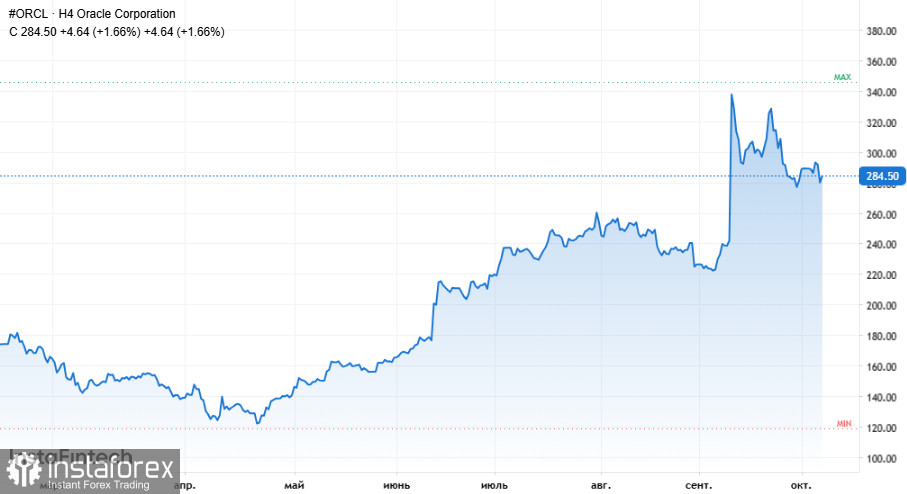
Just a year ago, Oracle's shares had surged 70% amid AI euphoria. The recent sell-off reflects growing skepticism: the gap between hype and hard numbers has become too obvious. In September, the company had promised a 700% jump in cloud revenue over three years, sending shares up 36% in a single day — but investors now demand proof.
Not everyone is panicking, though. Analyst John DiFucci argues that thin margins are typical in early-stage infrastructure rollouts: "At the start, profits are narrow, but lifecycle margins won't fall below 25% — Oracle's scale and logic won't allow it." In his view, Oracle remains a key infrastructure supplier for AI workloads, balancing cost and performance effectively.
Still, the company faces heavy capital expenses to expand data centers, weighing on profitability. Its annual gross margin has dropped to a 12-month low of 67.3%. Oracle continues to build capacity and sign large contracts — including a 4.5-gigawatt data-center deal with OpenAI — while reportedly exploring a bid for TikTok's US business, adding risk and uncertainty.
Oracle now walks a fine line: AI promises huge rewards, but spending is outpacing earnings, and every negative headline hits the stock.
Takeaway for traders: Oracle must prove this is only a temporary dip and restore margins over the next few quarters. The pullback could present a buying opportunity for investors betting on a medium- or long-term rebound. Aggressive traders might exploit dips following negative news, while conservative investors should monitor margin trends and new contract announcements closely.
IBM pushes enterprise AI to the next level with anthropic partnership
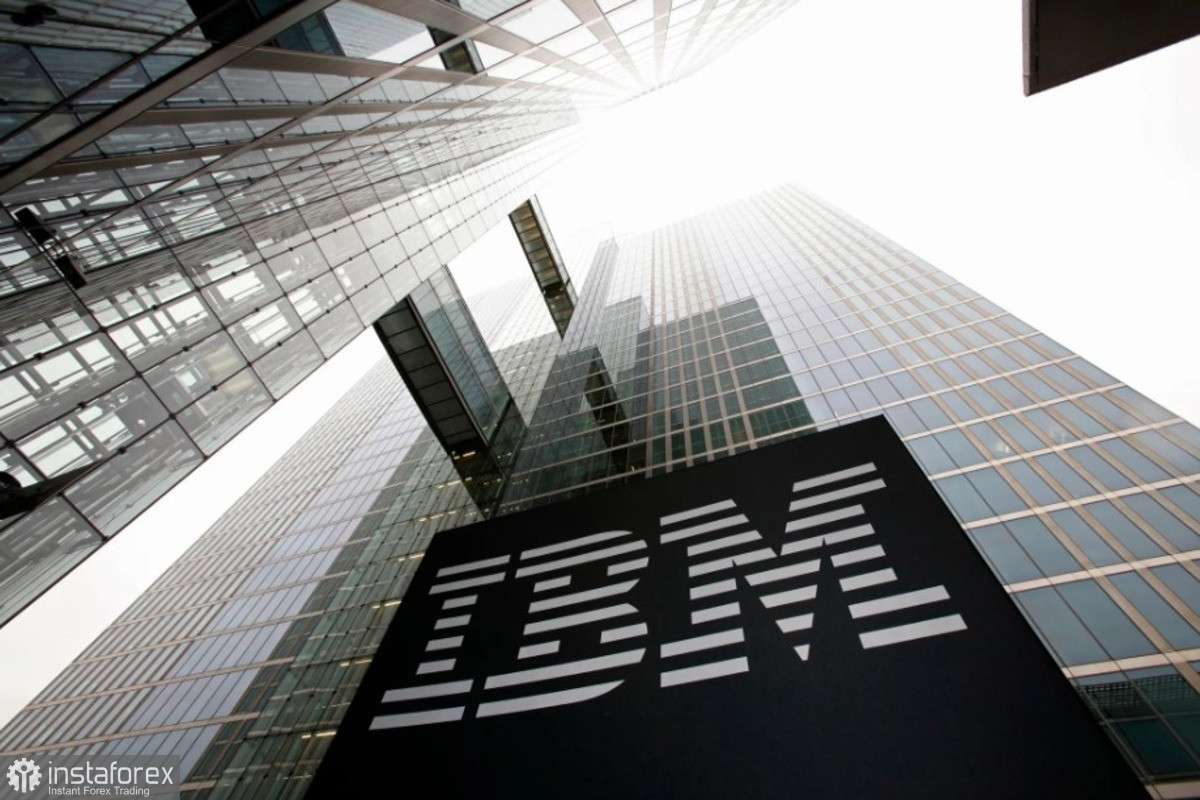
IBM has entered the corporate AI race in earnest, announcing a strategic partnership with Anthropic to integrate its advanced Claude model directly into IBM's software-development tools. The announcement, made at IBM TechXchange 2025 in Orlando, marks more than just another press release — it represents a major shift in enterprise software strategy.
The initiative, dubbed Project Bob, targets large-scale corporate use rather than hobbyist programmers. More than 6,000 IBM employees have already tested the platform, reporting an average 45% productivity boost — an impressive figure even for skeptics.
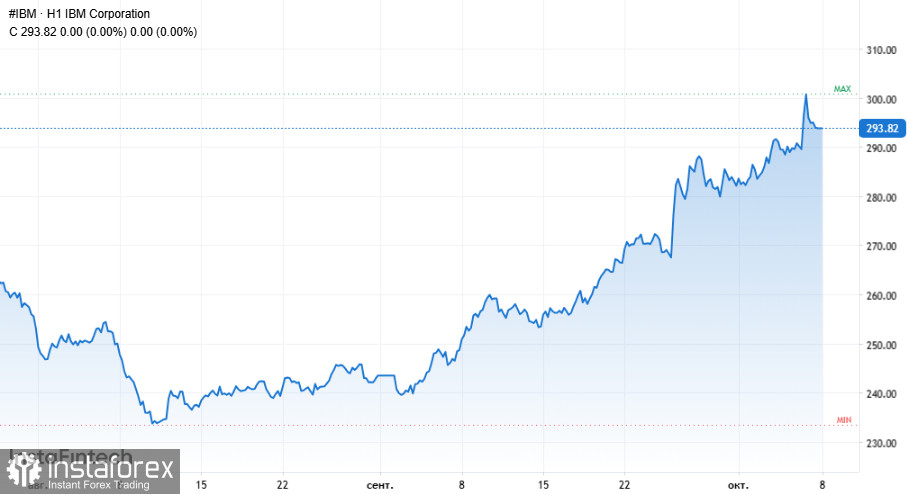
But Bob isn't just another "ChatGPT for coders." It maintains continuous organizational context, coordinates multiple language models, and automates large-scale tasks — from Java updates and framework migrations to security upgrades across thousands of repositories — all tailored to corporate standards and governance.
IBM's Senior VP of Software Dinesh Nirmal emphasized that the company's decades-long dominance in enterprise tech stems not from legacy alone but from understanding industrial-scale deployment — something that sets IBM apart from "lab unicorns." The Anthropic partnership enriches IBM's software stack with cutting-edge AI while maintaining control, security, and real-world adaptability.
Anthropic, for its part, has bold ambitions. Co-founder Mike Krieger noted that Claude has already become "the top choice for developers at major enterprises," and that the IBM alliance will deepen its reach in the corporate segment — with a strong focus on safety and standardization. The two companies have even published a joint framework for enterprise AI-agent architecture, and IBM has pledged support for the Model Context Protocol, helping set open standards for the AI industry.
Unsurprisingly, IBM shares have risen 28% year-to-date. The company is steadily shifting its focus from legacy IT services to hybrid cloud and enterprise AI, while experts expect the global corporate AI market to grow 19–37% annually through 2030. IBM aims to claim this niche not through hype but through systematic innovation and trusted partnerships.
For traders: IBM is emerging as a quiet leader in enterprise AI, and its partnership with Anthropic strengthens its long-term growth outlook. The current trend supports strategic accumulation of IBM stock on market pullbacks, with an eye toward steady appreciation alongside the enterprise-AI sector. More aggressive investors can also look for short-term trading opportunities around new technology releases and product news.
Don't miss the moment when a "legacy tech giant" becomes a central player in the next AI revolution — stay ready to act when opportunity knocks.
 English
English 
 Русский
Русский Bahasa Indonesia
Bahasa Indonesia Bahasa Malay
Bahasa Malay ไทย
ไทย Español
Español Deutsch
Deutsch Български
Български Français
Français Tiếng Việt
Tiếng Việt 中文
中文 বাংলা
বাংলা हिन्दी
हिन्दी Čeština
Čeština Українська
Українська Română
Română



